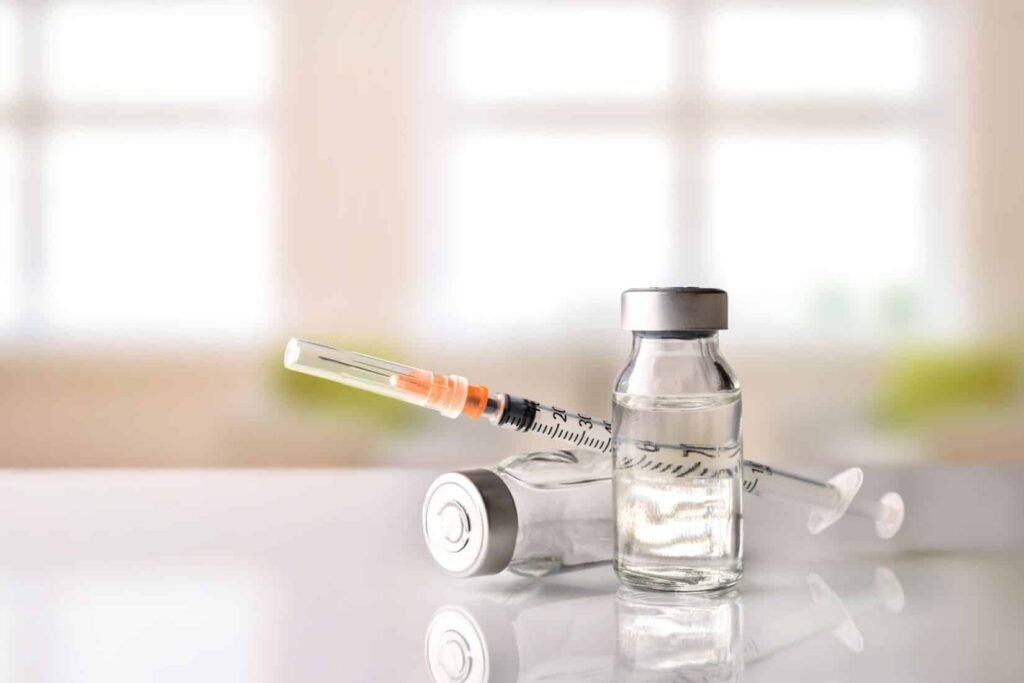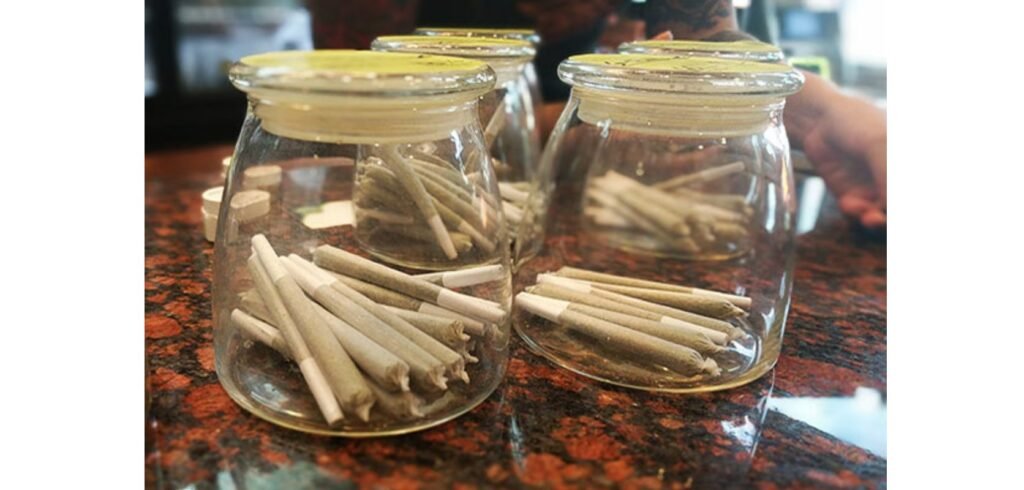High-density urethane (HDU) plaques have witnessed a significant surge in popularity and widespread adoption within government and United States military offices. This can be attributed to a confluence of factors, primarily centered around their exceptional durability, versatility in design, and cost-effectiveness compared to traditional materials like wood or metal. These plaques serve a multitude of purposes, ranging from displaying official seals and organizational logos to commemorating achievements and honoring personnel.

One of the primary drivers of HDU plaque popularity is their remarkable durability. Unlike wood, HDU is impervious to moisture, rot, and insect infestation, ensuring longevity even in diverse environmental conditions. This resistance to the elements makes them particularly suitable for both indoor and outdoor display, a crucial factor for military installations and government buildings that may require signage in exposed areas. Furthermore, HDU’s inherent stability prevents warping, cracking, or fading over time, maintaining a professional and aesthetically pleasing appearance for decades with minimal maintenance. This long lifespan translates to significant cost savings in the long run, as replacements and frequent upkeep become unnecessary.
The versatility of high density urethane plaques in terms of design and customization is another key advantage. This synthetic material can be easily carved, routed, sandblasted, and molded into intricate three-dimensional designs, allowing for precise replication of official seals, logos, and custom artwork. Whether it’s the detailed rendering of a military branch insignia or the sophisticated look of a government agency emblem, HDU can capture these nuances with remarkable accuracy. The smooth, uniform surface of HDU also provides an ideal base for painting and finishing, allowing for a wide range of colors and textures to match specific branding requirements or aesthetic preferences. This adaptability makes HDU plaques suitable for various applications, including lobby displays, office signage, award plaques, and memorial tributes.
In comparison to traditional materials, HDU often presents a more cost-effective solution, especially for large or complex designs. While the initial cost might be comparable to some alternatives, the long-term benefits of reduced maintenance and replacement costs contribute to overall savings. Additionally, HDU is significantly lighter than metal, simplifying installation and potentially lowering shipping expenses, particularly for larger plaques. This ease of handling is a practical advantage for government and military facilities that may require frequent relocation or installation of plaques.
The applications of HDU plaques within government and military offices are diverse. They are commonly used to display the seals and emblems of various departments, agencies, and military branches, fostering a sense of identity and officialdom. In military settings, HDU plaques are frequently used for squadron signs, command logos, and commemorative displays honoring service members and their achievements. Government offices utilize them for wayfinding signage, organizational branding in lobbies and reception areas, and for recognizing the contributions of individuals and teams. The ability to customize these plaques with names, dates, and citations makes them ideal for awards and retirement gifts.
While HDU dominates due to its numerous advantages, alternatives such as wood, various metals (bronze, brass, aluminum, stainless steel), and acrylics are also used depending on specific needs and aesthetic preferences. Wood offers a traditional and warm aesthetic but requires more maintenance and is susceptible to environmental damage. Metals provide a sense of prestige and durability but can be heavier and more expensive. Acrylic offers a contemporary look and printing capabilities but may lack the same level of perceived permanence. However, HDU strikes a compelling balance between durability, design flexibility, cost-effectiveness, and ease of use, solidifying its position as a preferred material for plaques in government and U.S. military offices. Its ability to mimic the look of wood or metal while surpassing their resilience makes it an increasingly attractive and practical choice for a wide range of applications.





